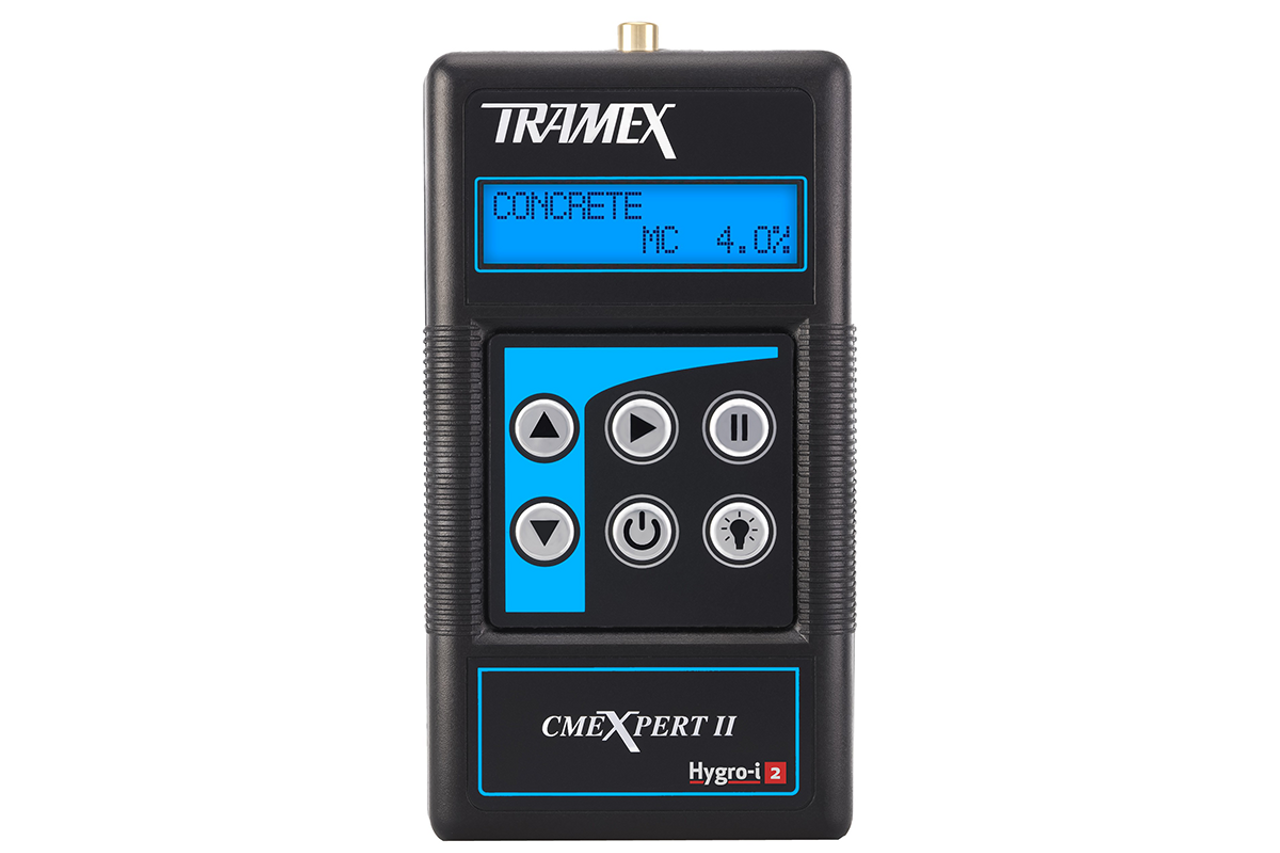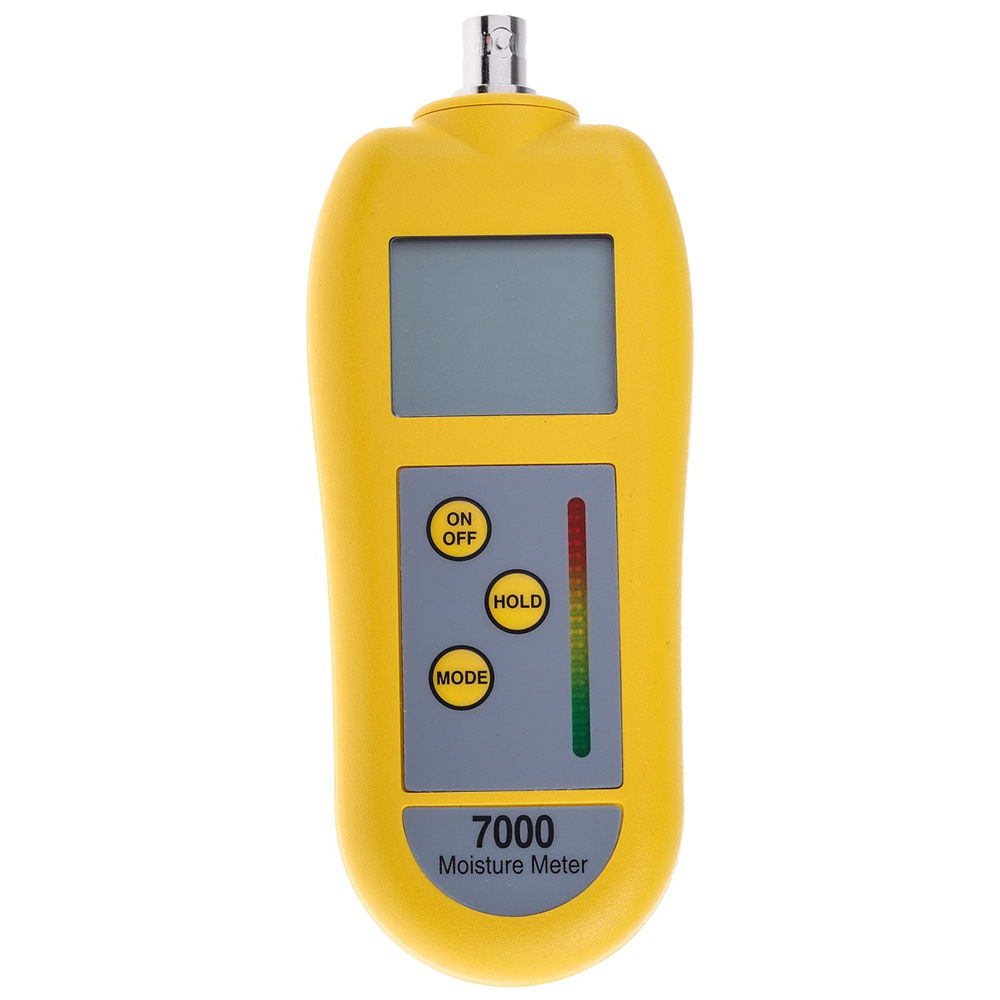Why Every Property Owner Requirements a Moisture Meter: Secret Advantages and Features
Why Every Property Owner Requirements a Moisture Meter: Secret Advantages and Features
Blog Article
Look Into the Globe of Moisture Meters: Every Little Thing You Required to Know
In the world of moisture meters lies a globe of accuracy and practicality that often goes undetected. These devices, while apparently uncomplicated, hold a riches of information that can significantly impact numerous industries and applications. Understanding exactly how moisture meters run, the different types readily available, and their diverse usages can drop light on their value in ensuring quality and effectiveness. By discovering the complexities of dampness meters, one can discover an important device that transcends mere dimension, offering insights that can make a substantial difference in many fields.
Just How Dampness Meters Work
Wetness meters operate by gauging the electric conductivity or capacitance of products to figure out the moisture material existing - Moisture Meter. These meters are vital devices throughout various sectors, consisting of farming, woodworking, and construction. By using various methods such as pinless or pin-type modern technology, dampness meters offer accurate readings that assist specialists make notified choices
Pin-type wetness meters function by placing the sharp pins right into the material being tested. On the other hand, pinless moisture meters use electromagnetic signals to scan a larger area without causing any damages to the product's surface.
Despite the method utilized, wetness meters play an essential function in avoiding concerns such as mold and mildew growth, architectural damages, or item issues created by excess wetness. Understanding how these meters work is important for making certain the high quality and stability of products in various applications.
Sorts Of Wetness Meters
Provided the vital role wetness meters play in different industries, it is vital to recognize the various kinds offered to experts for precisely analyzing dampness degrees. There are mainly 2 major kinds of moisture meters: pinless and pin-type wetness meters.
Pin-type dampness meters utilize 2 pins that are placed right into the product being checked to determine the electric resistance in between them. This method is frequently utilized for wood, drywall, and various other structure materials. Pin-type meters provide exact analyses at particular midsts, making them ideal for recognizing moisture gradients.
On the other hand, pinless wetness meters use electro-magnetic sensing unit plates to check a bigger area of the material without causing any type of damage. This kind is appropriate for swiftly scanning large areas and is commonly used for flooring, wall surfaces, and ceilings. Pinless meters are hassle-free for taking readings on finished surfaces without leaving any kind of noticeable marks.
Both kinds of moisture meters have their benefits and are chosen based on the certain requirements of the job available. Understanding the differences between these kinds is critical for professionals to make exact wetness evaluations.
Applications Throughout Industries
Building and construction professionals count on dampness meters to assess the dampness levels in building products like concrete, wood, and drywall, which is essential for maintaining structural stability and protecting against concerns like rot or mold and mildew. The floor covering market uses wetness meters to determine the moisture web content in subfloors before setting up different flooring treatments, avoiding pricey problems due to excess wetness. In the food sector, wetness read this meters are made use of to check and control moisture levels in items such as grains, nuts, and dried fruits to maintain freshness and top quality.
Tips for Making Use Of Wetness Meters
Utilize the moisture meter's calibration setups to guarantee exact readings when gauging the wetness content in various materials. Calibration is vital for the correct performance of a dampness meter. Before each use, it is a good idea to examine and change the calibration setups according to the particular product being checked. Furthermore, make certain the meter is readied to the appropriate dampness range for the material you are measuring to obtain one of the most specific results.

When making use of a pin-type dampness meter, place the pins to the suitable deepness recommended for the product being tested. This makes certain that the dampness analyses are extracted from the correct deepness within the product, giving a more accurate representation of its moisture content. For pinless dampness meters, remember to preserve appropriate call with the product's surface area to obtain reputable analyses.

On a regular basis inspect and replace the batteries in your wetness meter to avoid imprecise readings due to low power. When not in usage to extend its life-span and keep its accuracy, Store the meter in a safe and dry location. By adhering to these suggestions, you can optimize the efficiency of your wetness meter and acquire exact wetness material dimensions across different products.

Maintenance and Calibration
To ensure the accuracy of dampness web content measurements, routine upkeep and calibration of the dampness meter are essential steps in its appropriate functioning. Calibration readjusts the dampness meter to guarantee that it gives consistent and trusted outcomes.
Calibration ought to be executed regularly, especially if the dampness meter is used frequently or in crucial applications where exact dimensions are called for. Numerous wetness meters come with calibration devices or can be adjusted by expert solutions - Moisture Meter. It is suggested to maintain a log of calibration dates and results to track the efficiency of the moisture helpful resources meter in time. By calibrating the wetness and keeping meter on a regular basis, users can rely on the precision of the moisture content dimensions gotten.
Final Thought
Finally, moisture meters play a vital duty in numerous markets by properly determining the moisture web content of products. Comprehending how these tools work, the different types offered, and correct upkeep and calibration are necessary for acquiring reliable results. Whether in construction, production, or farming, additional hints using moisture meters helps guarantee top quality control and effectiveness in processes.
Building and construction specialists rely on dampness meters to examine the wetness levels in building materials like concrete, drywall, and wood, which is critical for keeping architectural stability and stopping problems like rot or mold and mildew. The floor covering market uses dampness meters to measure the dampness material in subfloors prior to mounting different flooring treatments, stopping expensive damages due to excess moisture.Utilize the moisture meter's calibration settings to guarantee accurate readings when measuring the wetness material in various products. By following these pointers, you can make the most of the efficiency of your moisture meter and obtain accurate wetness web content measurements throughout different materials.
In final thought, dampness meters play a critical function in various industries by properly gauging the wetness material of products.
Report this page